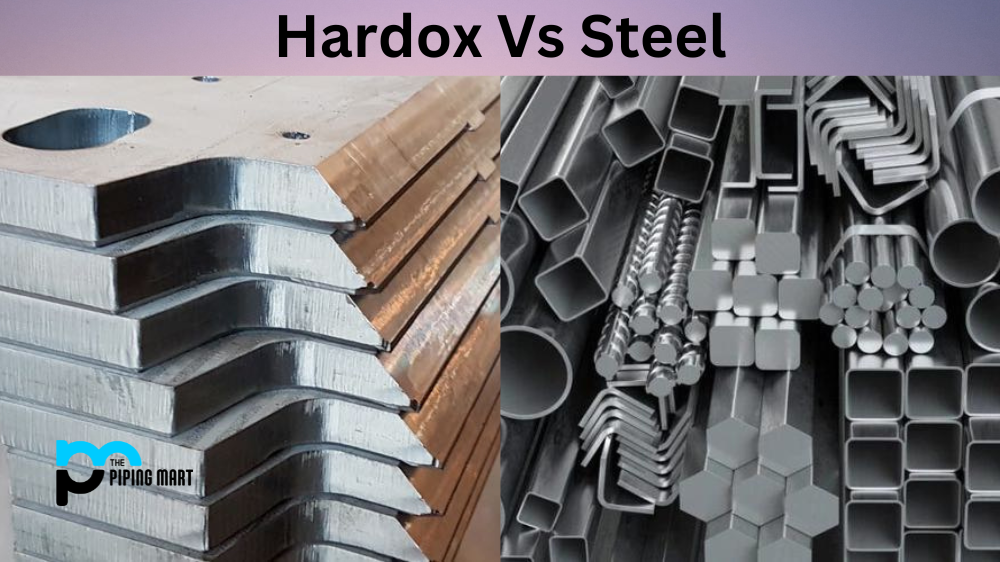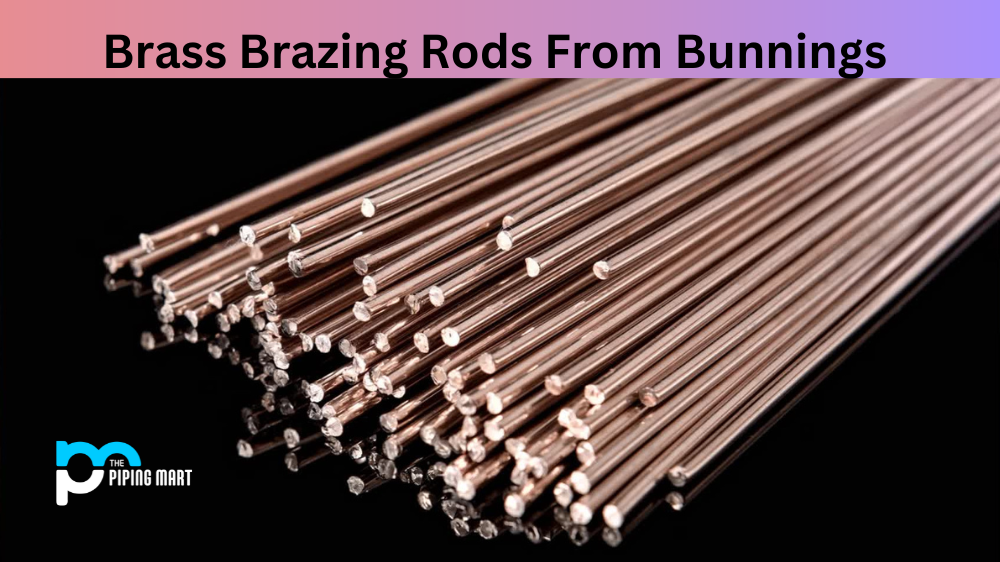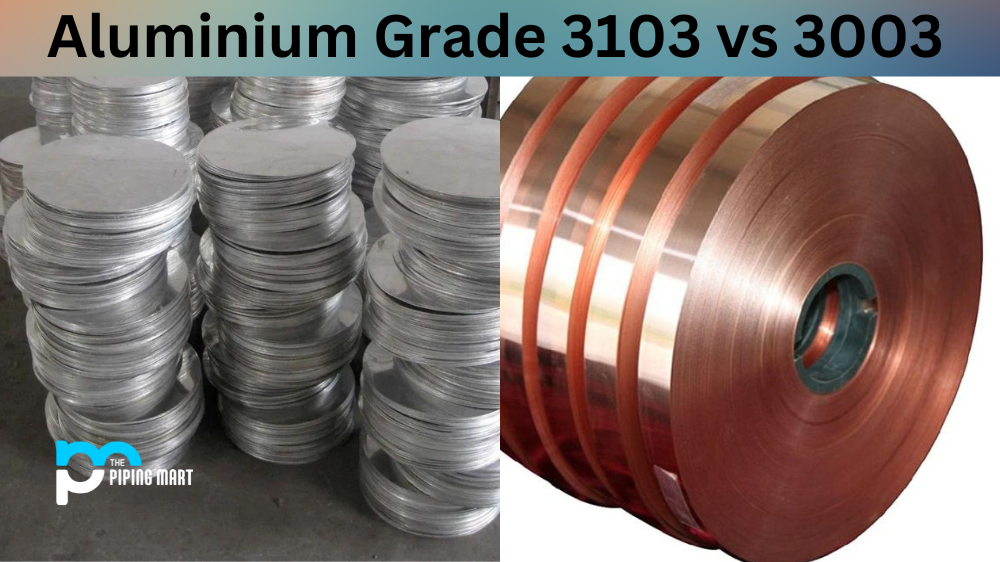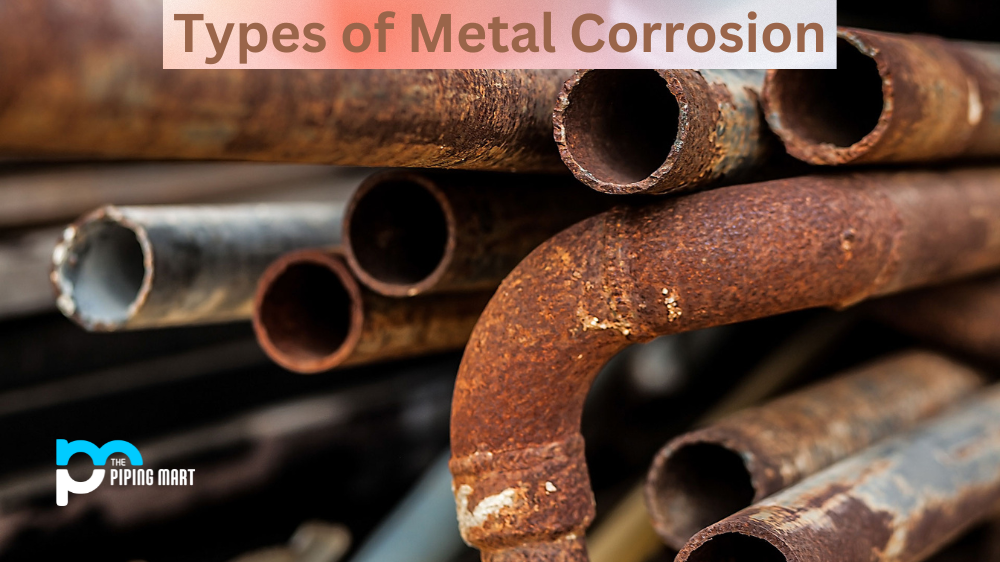Choosing between Hardox and steel plates is a challenging task. While both have advantages and disadvantages, it depends on your project type and the working conditions. However, if you are in the manufacturing or construction industry, you need to understand the differences between these two materials before you make a decision. This blog post will discuss the ultimate comparison between Hardox and steel plates.
Difference Between Hardox and Steel
Hardness and Durability
Hardox and steel plates’ main differences are their hardness and durability. Hardox is one of the hardest and most durable types of steel plates available in the market. It can withstand harsh working conditions like heavy impact, abrasion, and corrosion. On the other hand, steel plates vary in hardness depending on the grade and type. They are not as hard and durable as Hardox, so they are unsuitable for heavy-duty applications.
Weldability and Machinability
Hardox and steel plates are different in how easy they are to weld and machine. Steel plates are easier to weld and machine than Hardox due to their lower hardness and toughness. However, this also means that steel plates are more susceptible to deformation, which can be a disadvantage in some applications. Hardox, conversely, is more challenging to machine and weld due to its high hardness. Special techniques and equipment are required to work with Hardox, but once it is processed, it is one of the most reliable materials.
Weight and Cost
Another important factor to consider is the weight and cost of the material. Hardox is significantly lighter than steel plates, which means less weight and easier transportation. It is also more expensive than steel plates due to its unique properties. Steel plates are more affordable and readily available, but their weight can be problematic in some applications.
Applications
Finally, the choice between Hardox and steel plates depends on your project type and the working conditions. Hardox is used in heavy-duty applications requiring high resistance to impact, abrasion, and corrosion. On the other hand, steel plates are used in various applications, from construction to manufacturing, where high hardness and durability are less critical.
Conclusion
In conclusion, when choosing between Hardox and steel plates, it is essential to consider the hardness, durability, weldability, machinability, weight, cost, and applications. While both materials have advantages and disadvantages, Hardox is the best choice for heavy-duty applications, while steel plates are more suitable for standard applications. It is essential to consult with a professional to assess your project’s requirements and make an informed decision.

Meet Bhavesh, a seasoned blogger with a wealth of knowledge and experience. From metal products manufacturing to retail, Bhavesh has a diverse background in various industries and is dedicated to sharing his insights and expertise with readers.




